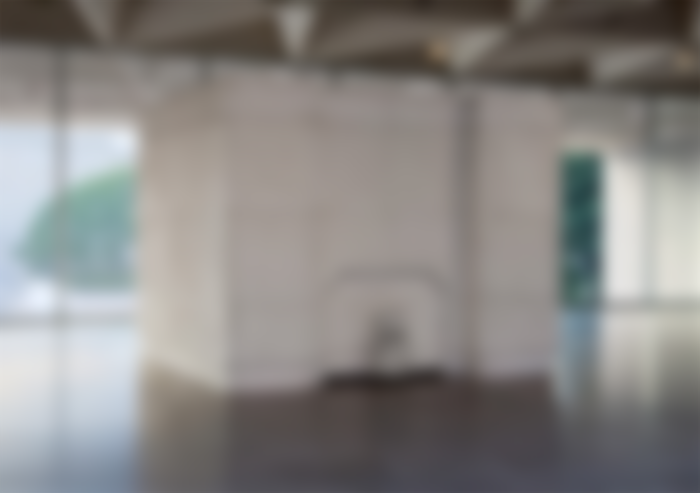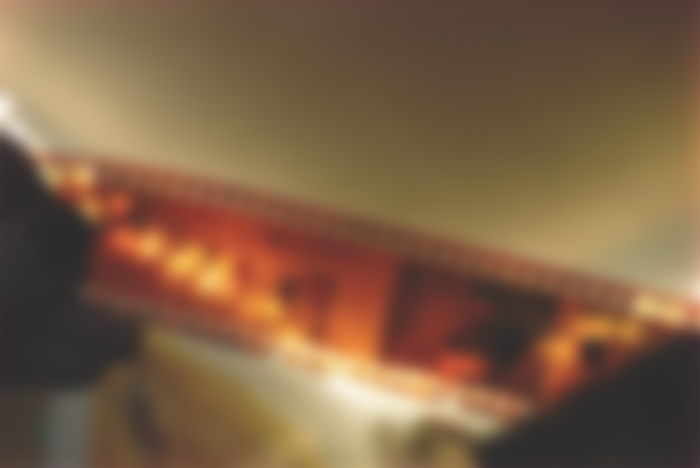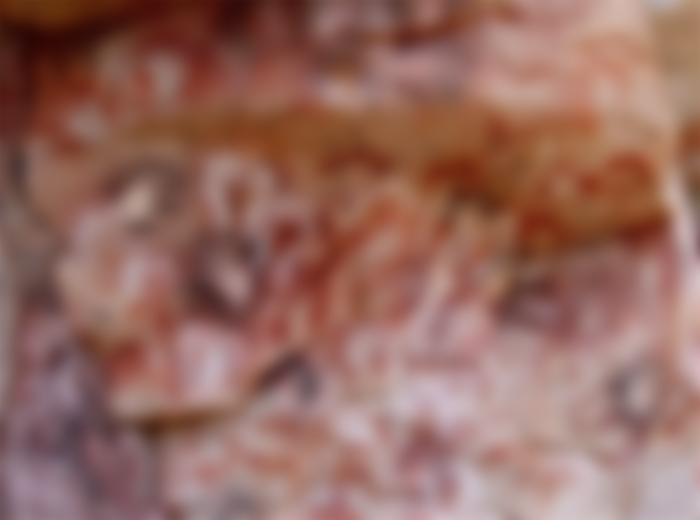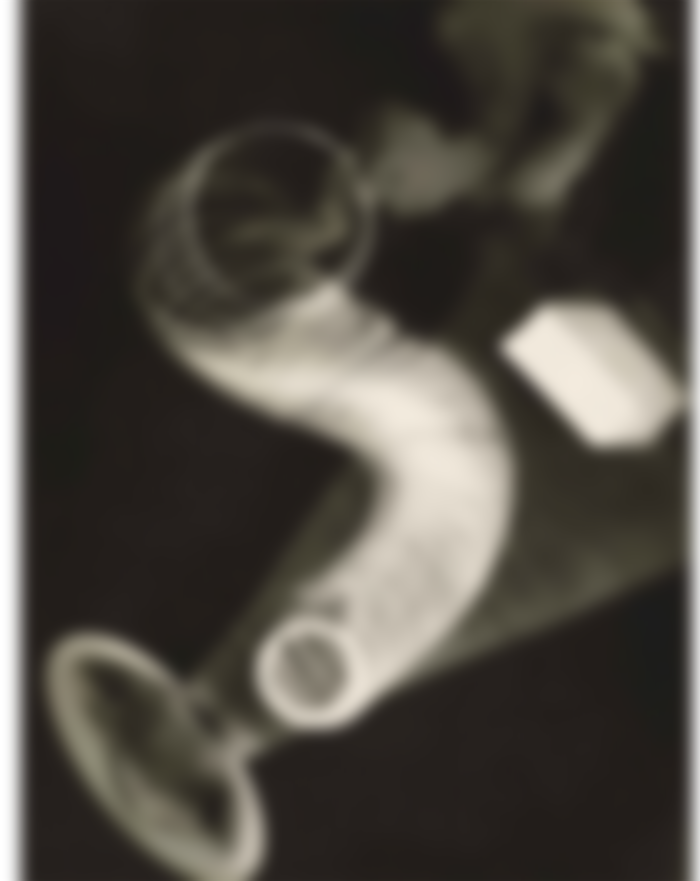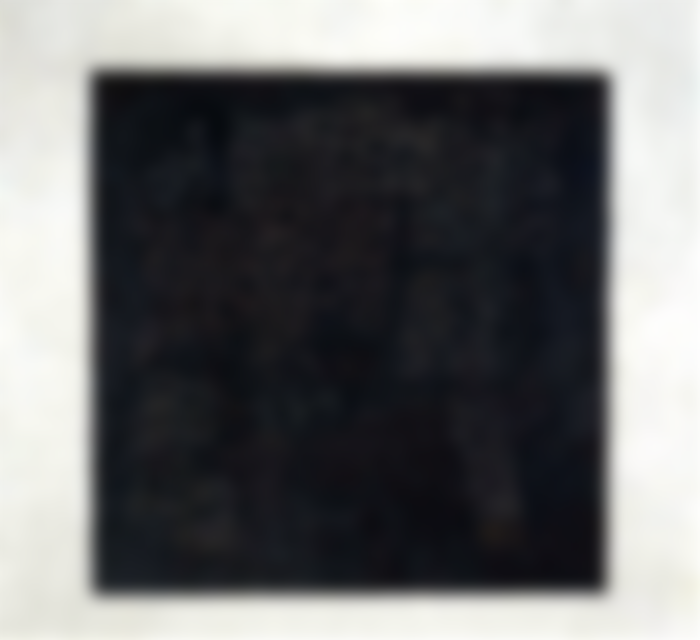I as of late brought down an image that had been holding tight my examination divider for quite a long time. The space left behind was an unpretentious square where the divider had blurred. It was, I understood, an impression of nonappearance.
This negative space additionally had the nature of being "found", something uncovered, uncovered underneath something different. Daylight had dyed the divider by inconspicuous degrees, a change that went unseen until the image was taken out, leaving a waiting reverberation of the evaporated thing.
The phantoms of negative spaces
A comparable nonattendance is uncovered when a household item that has involved similar spot for quite a long time is one day modified. A couch that has lived in a similar spot for 10 years will develop an entire store of debris underneath it: old magazines, kitchen configuration inventories, design handouts, sets of shoes, espresso napkins, lost TV controllers, old birthday cards you didn't have the foggiest idea how to manage, all organized into a complex square shape for which no pre-plan had been considered, outlined with a corona of residue that the vacuum cleaner couldn't reach.
Destroy an entire room and the occasion is more unearthly. It is hard not to utilize the word spooky to portray it, as the group of voids that introduces itself changes the past feel of the space. With the furniture gone, a progression of individual recollections starts to overlay each other — wistfulness gleaming with 100 features — as the previous existence of the room is some way or another amassed and broke down in a similar moment.
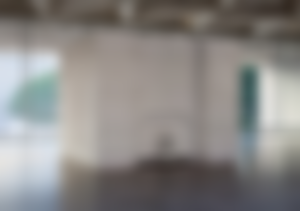
At the point when a whole house or road is annihilated, it is maybe more hard to envision what was there previously, just in light of the fact that so much has been adjusted. Numerous ages may have lived and worked here, a profound presence that is dissolved with the main bang of a destroying ball.
When, in 1990, a house in London was reserved for destruction, the British craftsman Rachel Whiteread imagined to make a mortar cast of the whole lounge. She depicted her points as "embalming the air in a room". The work, named Ghost, was a rearranged inside, a room-sized item memorializing a space that nobody had ever (very) seen previously.
Whiteread's specialty — she has since made numerous projects of comparable negative spaces — cements the air into a substantial structure, advising us that our discernible the truth is consistently a twofold faceted element. Simply check out the room you are in and notice how the space is depicted by such countless edges: air has corners, profundity has expansion. As such, we sort out our space by understanding its limits.

Like the optical dreams of alleged "uncertain pictures", we start to see that the truth is made as much by propensities for insight as by any fundamental physical or exacting truth.
The force of a negative space is in its ability to upset our typical assumptions for the real world. Like the effect had skimming across your eyes when you gaze at something for a really long time, a negative space resembles peering at something that is as of now not present.
Photographic film
I recollect as a youngster holding up pieces of caramel acetic acid derivation and peering into the small casings, attempting to figure how precisely this outline of reddish brown green and umber-red could change into representations of my family in the enthusiastic shades of genuine I was utilized to.
The idea of transforming negative structures into something positive, something detectable, has its most recognizable articulation in photographic film. Photos — as they used to be made, with light-touchy plastic — stand apart as commendable conveyors of switched reality.
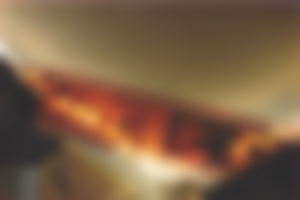
The camera film is covered on one side with small light-touchy precious stones which obscure when presented to light. The "negative" film would then be able to be utilized to make pictures in a second reversal onto paper, reestablishing light, shade and shading to their regular appearance.
There is something amazing and furthermore unusual about the relocation of the negative film into a positive photograph, as though the truth put away in a film straightforwardness is just a specter until it is imprinted on paper. Life in a real sense reversed, caught in an other-common structure until it is re-delivered.
It infers the nineteenth century French writer, Balzac, who dreaded being shot under the conviction that with each photographic impression, a layer of his very being had been taken from him and put away inside the picture.
We actually consider photos a method of putting away snapshots of our lives: an occasion, a gathering, a sentiment. Photos will in general be more steady than recollections, however maybe not any more precise. At any rate, we will in general take photos all together not to fail to remember how that specific second was.
As Susan Sontag portrayed, "To snap a picture is to take part in someone else's (or alternately thing's) mortality, weakness, variability… All photos vouch for time's tireless soften."
All the more as of late via online media, under the code word "sharing", a photo has become the method for vouching for a similar liquefy of time, not for our own recollections but rather for every other person's.
Negative spaces of ancient times and present day times
The exchange of a film negative to a photo works basically as a stencil, where the straightforwardness of the film allows or keeps light from arriving at the photographic paper. The idea of stenciling is known to be somewhere around 40,000 years of age, proven by ancient hand canvases found on cave dividers across the world, from Argentina to France to Indonesia.
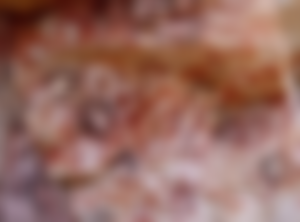
These pictures were regularly made by setting the palm of the hand to a divider and afterward blowing or spitting painting onto it to have behind an adverse consequence. They can maybe be considered as early forms of shadow hand puppetry, particularly when you consider that the lone accessible light source inside the cavern would have been the moving fire of a fire.
Light and shadow are natural for the craft of negative spaces. Similar to the imprints of cavern workmanship, a "photogram" is made by putting objects straightforwardly onto the outside of photographic paper and afterward presenting the paper to light so just the outlines are caught.
The procedure was utilized by craftsmen like Christian Schad and May Ray, and was related with the Dada gathering of surrealists of the mid twentieth century. Portrayed by Man Ray as "cameraless photos", photograms delivered reality in the most illusory of ways.

Craftsmanship has stayed captivated by the phantom of the outline. Maybe a definitive picture of negative space in craftsmanship, or for sure elsewhere, is the 1915 painting Black Square by Kazimir Malevich.
Essentially a dark square with a white line, Malevich introduced his canvas as the "essence of the new workmanship … the initial step of unadulterated creation." It is drastically non-illustrative, a provocative impasse masterpiece that, as indicated by Malevich, tries to a type of enchanted confidence.
It is a painting that is obstinate in refusal to insist anything may be seen or contacted. All things considered, it is negative space at its generally angry and earnest: an unfilled void, or there will be consequences, as space itself, a home of a huge number of universes we can't see.
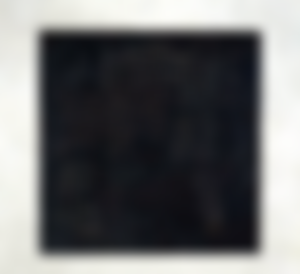
With its white line, Black Square is additionally suggestive of the clear space left behind when an image eliminated from a divider. So we turn up at ground zero.
This, in any case, would need to be an image that has hung in similar spot for ages, not only years, one that has left behind a dirty, dark residue quiet into which we can extend quite a few our own thoughts and recollections, huge or little, lost or rediscovered.
